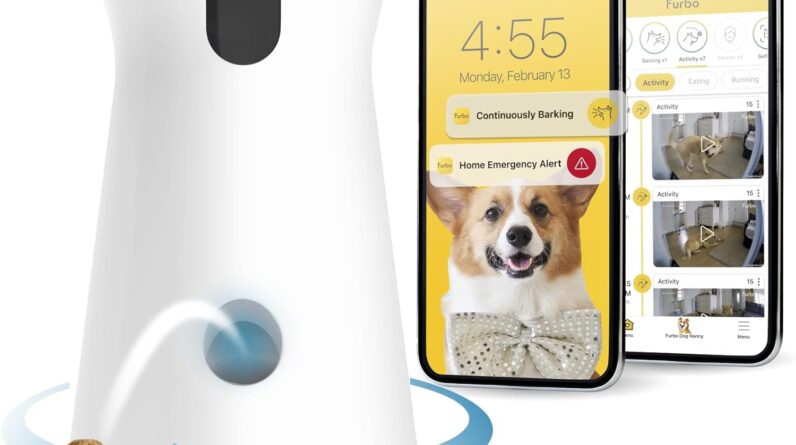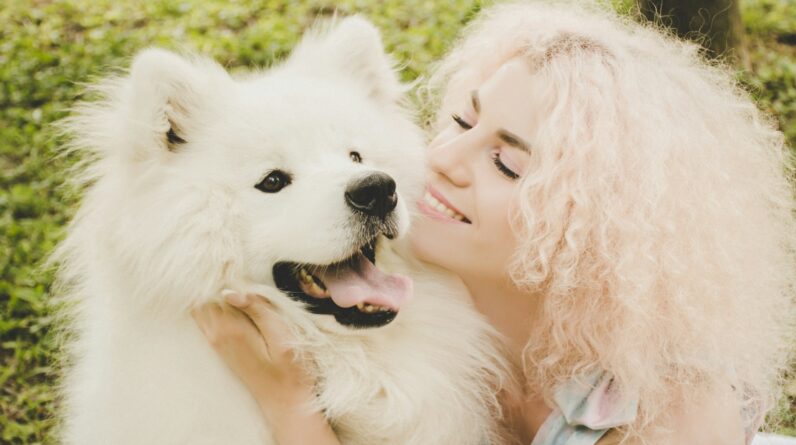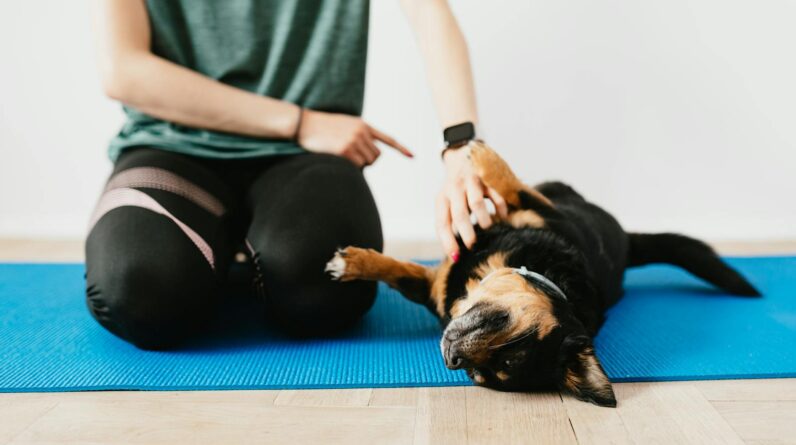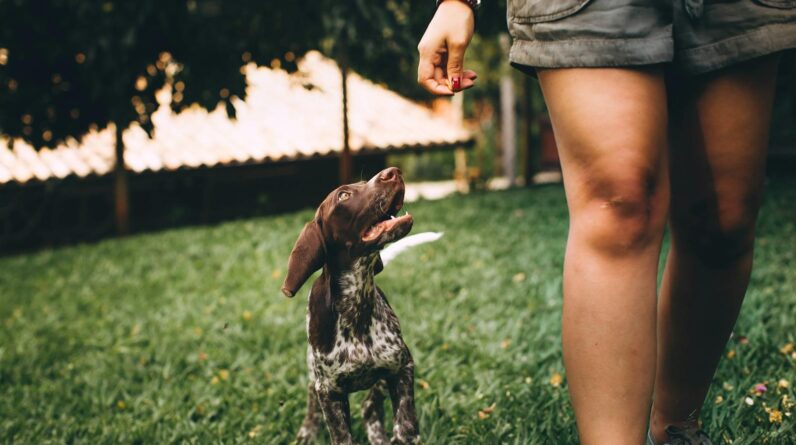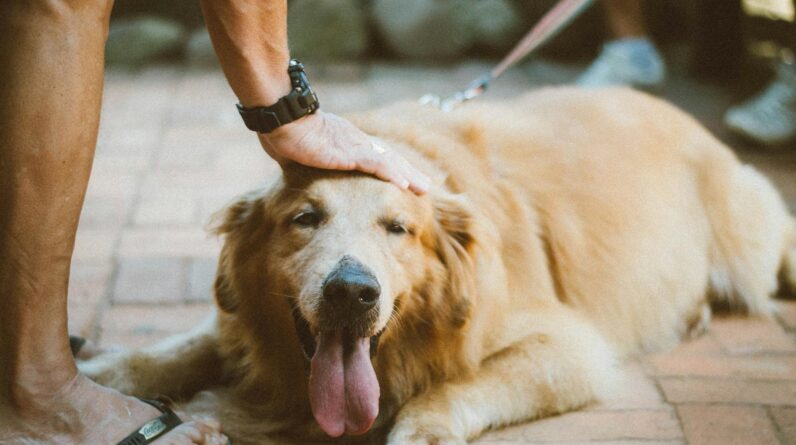
What’s Up with Dog Phobias?
Hey there! Have you ever seen a pup who seems scared of something odd, like the vacuum cleaner or thunder? That’s what you call a dog phobia. It’s when dogs get super scared of something specific. Dogs can be afraid of all sorts of things, just like people. Now, let’s talk about what these phobias are and what we can do to help our furry friends feel better.
Common Dog Scaries
First off, dogs can be afraid of noises, like fireworks or thunder. Can you imagine hearing a loud BOOM and not knowing what it is? Some dogs get shaky or hide when they hear these sounds. Other common fears include being alone or meeting new people and pets. Dogs can also get the shivers from going to the vet or riding in cars.
Why Are Dogs Scared?
You might wonder, “Why is my dog scared of that?” Well, sometimes it’s because they had a bad experience. Like if a loud noise scared them when they were a puppy, they might remember that and get scared again. Other times, they just don’t understand what’s happening, and that makes them nervous.
Spotting a Scared Pup
Know when your dog is showing signs of fear. They might do things like tuck their tail between their legs, shake, hide, or even pee a little when they’re scared. Some dogs will bark a lot or try to run away. If you see your dog doing these things, they might be telling you they’re scared.
Being a Dog’s Hero
Now, let’s get to the cool part—helping! If you have a dog who gets the creeps from something, you can be their hero. You can’t just tell them to “shake it off,” but there are ways to make them feel safer.
If your dog gets nervous with loud noises, make a comfy spot where they can feel safe, like a blanket fort. Also, playing soft music can help cover up those scary sounds. How cool that you can simple play some tunes to help your dog chill out?
For dogs scared of being alone, start by leaving for just a short time. Say “see ya later” and come back soon so they learn you’ll always return. Give them a fun toy or a tasty treat to keep them busy while you’re gone.
If meeting new people or dogs makes your pet shake, take it slow. Don’t force them to say hi if they’re not ready. Let them hang back and watch until they feel brave enough to come closer on their own.
Training and Treats
Teaching your dog can also help with their fears. There’s something called “positive reinforcement,” which sounds fancy, but it’s not. It just means giving your dog something nice, like a treat or a pat, when they’re being brave. This way, they’ll start to think, “Hey, maybe this isn’t so bad after all!”
Also, there are special trainers who know lots about dog fears. They can work with you and your dog to help you both understand each other better. They have cool tricks and tips to make your dog feel more at ease. Pretty awesome help, right?
When to Call the Vet
Sometimes a phobia can be very strong and your dog might need extra help. You can talk to your vet about it. Vets are like doctors for pets and they can check to make sure everything’s okay. They can also give you advice on how to help your dog and they might even have special medicine that can help your dog feel less scared.
Patience Is Key
One thing to remember is to be patient. Imagine if you were scared and someone got mad at you. That wouldn’t be fun, right? Your dog needs you to be understanding and give them time to get over their fears. You can’t rush it. The more kind and patient you are, the more your dog will trust you. And trust can make a huge difference in helping them overcome their fears.
Things to Remember
So, to wrap things up, remember that dog phobias are like when your dog is super scared of certain things. They need you to understand and help them out. By creating a safe space, using treats and training, taking it slow, and maybe getting some help from a trainer or vet, you can make a big difference. Most of all, be patient and kind. Your dog trusts you a lot!
Dogs depend on us to help them through their tough times. By learning about their fears and giving them the help they need, we can show them that the world isn’t such a scary place after all. And that’s something any dog would wag their tail for. Isn’t it cool how you can be such a big help to your furry pal?
What are common signs that a dog has a phobia?
A dog with a phobia might become very anxious or stressed. You might see them shaking, hiding, or trying to escape. Their ears could lay flat, and they might bark a lot or even become aggressive. It’s like they’re saying, “I’m really scared!” without using words.
They could also have trouble breathing or start to drool more than usual. Paying attention to these signs is important so you can help them feel safe. Imagine how you’d feel all jittery with a racing heart—that’s how your furry buddy feels during a phobic reaction.
Can dogs overcome their phobias?
Yes, dogs can learn to handle their fears better! With patience and gentle training, they can get braver. It’s all about creating positive experiences for them. Think of it like a friend helping you face your fear of spiders by showing you that not all of them are bad.
Professional trainers or vets might suggest special techniques or even medications to help. It’s like having a coach who gives you tips to play better and sometimes gives you a pep talk to boost your courage.
What causes phobias in dogs?
Phobias can come from bad experiences, like a mean dog scaring them when they were little, or loud noises like thunder that caught them off guard. Sometimes, they just pick up on these fears without a clear reason, like some people being afraid of clowns without knowing why.
Genetics can play a role, too. Some dogs are bred to be super alert and might get scared more easily. It’s kind of like how some of us jump at scary movies while others can watch without flinching.
How do I help my dog when they’re showing signs of a phobia?
When your dog is freaked out, stay calm and offer comfort. Imagine if you were scared, a hug from a friend could make a huge difference, right? It’s the same for your pup. Give them a safe spot where they can chill and feel protected.
Distraction can work wonders. Try playing their favorite game or giving them a treat to focus on instead of their fear. It’s like when you’re nervous about a dentist appointment, and you play a game on your phone to relax.
Should I take my dog to a vet for their phobia?
If you’re at your wit’s end about your dog’s fears, it’s a good plan to chat with a vet. They can check if something else might be scaring your pet or if it’s really a deep-set phobia. Sometimes, you need a bit more help than what you can do at home.
Vets might suggest training, introduce you to a behavior specialist, or even prescribe medicine to lessen the fear. It’s a bit like going to the doctor when you have a cold—you get expert advice and the right meds to get better faster.
Key Takeaways
- Dog phobias are real: Just like people, dogs can develop intense fears or phobias, responding with anxiety to certain stimuli or situations.
- Common triggers: Some frequent phobia triggers for dogs include loud noises, like thunderstorms or fireworks, new environments, and unfamiliar people or animals.
- Spot the signs: Look out for behaviors such as trembling, hiding, excessive barking, or trying to escape. These can all signal that your furry friend is dealing with a phobia.
- Don’t ignore: It’s crucial to address dog phobias. Leaving them unchecked can lead to increased anxiety and deteriorated overall well-being for your pooch.
- Helping your dog cope: Gradual exposure to the fear trigger, offering treats and comfort during stressful times can help. Professional training or behavior therapy might be necessary for severe cases.
- Comfort is key: Create a safe space where your dog can retreat to when feeling overwhelmed. This can be a quiet corner with their favorite toys and bedding.
- Be patient: Patience is vital. Overcoming a phobia takes time, and rushing the process can do more harm than good.
- Consult a vet: If you’re struggling to help your dog on your own, reach out to a vet. They can rule out any medical issues and recommend a qualified behaviorist.
- Your dog’s phobias can change or emerge at different life stages. Be observant and ready to adapt your approach to their evolving needs.
Final Thoughts
Alright, so we hashed out the whole dog phobia deal and here’s the scoop. First up, fear in Fido isn’t fun—for them or for you. Phobias can spring from past traumas or lack of socialization, often showing up as skittishness or straight-up panic. Spotting the signs early is key. We’re talking about trembling, tucking tails, or hiding—all flares signaling “help needed”.
Now the helping part. Patience is your best bud here. Gentle exposure to their fears can work wonders, but it’s a slow-and-steady race. No forcing, just supportive nudges towards the scary stuff. And guess what? Treats work like magic. Little tasty rewards for bravery can turn a scare-dy pup into a daring doggo. Training? It goes a long way. Professional help is gold if things get too wild.
When it all comes down to it, understanding and patience are the heroes of the day. Give your pooch the time and love they need, and those phobias can turn into old tales. Keep it cool, stay the course, and watch your four-legged friend find their happy place.


